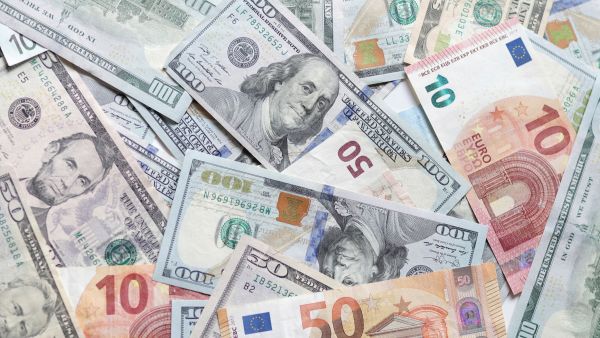ALBAWABA - Many people are surprised to discover that several of the world's wealthiest countries are also among the smallest in terms of land area. Countries like San Marino, Luxembourg, Switzerland, and Singapore benefit from advanced financial sectors and sophisticated tax systems that attract foreign investment, professional talent, and large banking deposits.
Other countries, such as Qatar and the United Arab Emirates, possess vast reserves of oil, gas, or other lucrative natural resources.
But what do we mean when we say a country is "rich," especially in an era of increasing income inequality between the super-wealthy and the rest of the population? While Gross Domestic Product measures the value of all goods and services produced within a country, dividing this GDP by the population provides a better indicator of a country's wealth or poverty relative to another nation.
This resulting figure is known as Purchasing Power Parity and is often expressed in international dollars to facilitate comparisons between different countries.
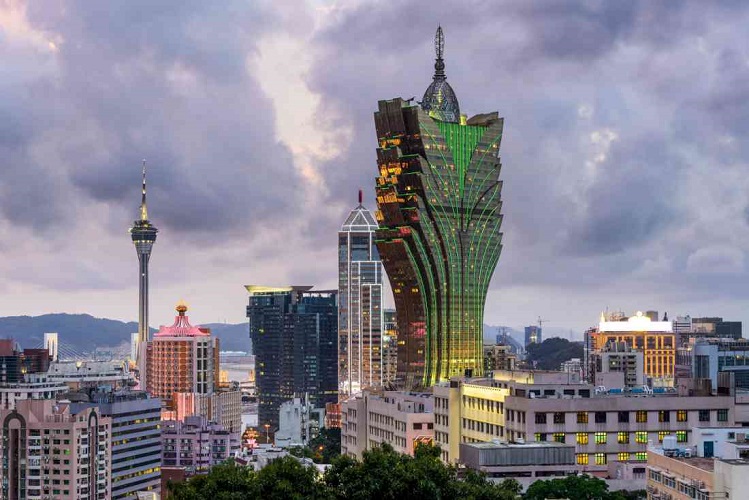
5. Macau Special Administrative Region (Gross Domestic Product (PPP): 89,558)
A few years ago, many were betting on Macau - Asia's Las Vegas - to become the richest country in the world. Previously a Portuguese colony, this Special Administrative Region of the People's Republic of China experienced a remarkable surge in wealth.
With a population of around 700,000 and over 40 casinos spread across an area of about 30 square kilometers, this small peninsula located directly south of Hong Kong became a money-making machine.
However, the machine started losing money instead of making it. When the COVID-19 pandemic hit the world, global travel came to a halt, and Macau temporarily slipped from its position as one of the richest countries.
Today, over three years since the start of the pandemic, Macau is slowly returning to normalcy. Nevertheless, it remains the only country on the list where per capita purchasing power is lower than it was before the global health emergency, currently standing at around $125,000, a decrease of over $35,000 from 2019.
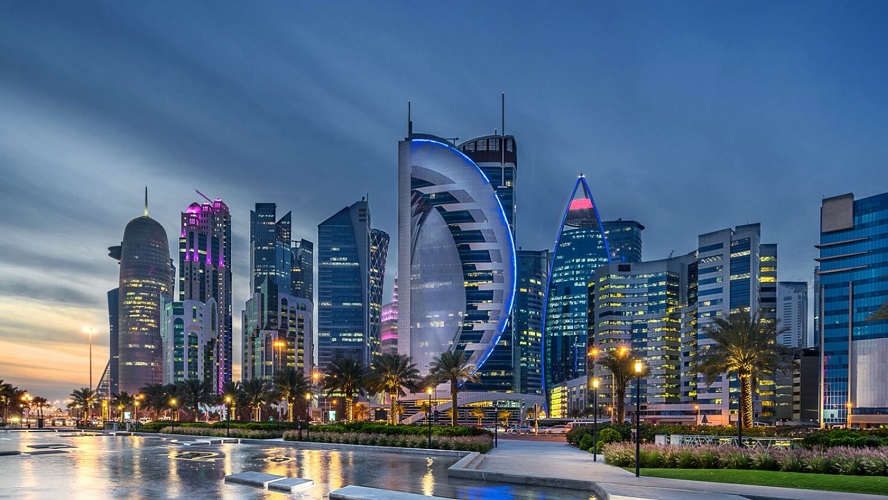
4. Qatar (Gross Domestic Product (PPP): 124,848)
Despite recent fluctuations, oil prices have declined since mid-2010. In 2014, per capita GDP for Qatari citizens exceeded $143,222.
Within a year, it significantly dropped and remained below $100,000 for the following five years. However, this figure has gradually grown, increasing by around $10,000 annually.
Nevertheless, Qatar holds massive reserves of oil, gas, and petrochemicals, and its population is relatively small, with only around 3 million residents.
Despite the pandemic's impact, the economy showcased resilience, contracting a modest 3.5% in 2020, growing by approximately 1.5% in 2021, and by 4.2% in 2022, thanks to increased gas and oil revenues and tourists visiting for the World Cup.
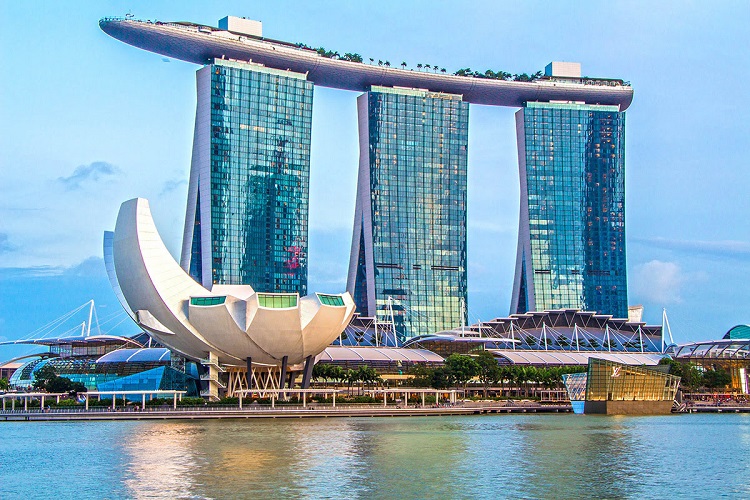
3. Singapore (Gross Domestic Product (PPP): 133,895)
Singapore has managed to attract a large number of wealthy individuals. When the state achieved independence in 1965, half of its population was illiterate.
With virtually no natural resources, Singapore succeeded in developing itself through hard work and smart policies to become one of the world's most business-friendly places.
Today, Singapore is a thriving commercial, manufacturing, and financial hub, with 98% of its adult population being literate.
Unfortunately, it was not immune to the economic slowdown caused by the pandemic. In 2020, the economy contracted by 3.9%, pushing the country into its first recession in over a decade.
In 2021, the Singaporean economy rebounded with a growth rate of 8.8%. However, economic troubles in China impacted Singapore's manufacturing sector, which accounts for 21.6% of its GDP, leading to a 6…
With virtually no natural resources, Singapore succeeded in developing itself through hard work and smart policies to become one of the world's most business-friendly places.
Today, Singapore is a thriving commercial, manufacturing, and financial hub, with 98% of its adult population being literate.
Unfortunately, it was not immune to the economic slowdown caused by the pandemic. In 2020, the economy contracted by 3.9%, pushing the country into its first recession in over a decade.
In 2021, the Singaporean economy rebounded with a growth rate of 8.8%. However, economic troubles in China impacted Singapore's manufacturing sector, which accounts for 21.6% of its GDP, leading to a 6% decline in the first quarter of 2023.
This, in turn, weakens Singapore's wealth as its economy is expected to expand by only 1.5% in 2023.

2. Luxembourg (Gross Domestic Product (PPP): 142,490)
With a population of 650,000, Luxembourg dedicates a significant portion of its wealth to providing better housing, healthcare, and education for its citizens, who enjoy one of the highest standards of living in the euro area.
While the global financial crisis and pressure from the European Union and the Organization for Economic Cooperation and Development to reduce banking secrecy might have had a limited impact on Luxembourg's economy, the COVID-19 outbreak forced many businesses to close and employees to be laid off.
However, the country fared better against the pandemic than many of its European neighbors. Its economy rebounded from a -0.8% growth in 2020 to 5.1% growth in 2021.
Unfortunately, this recovery did not last long. The economy grew by only 1.5% in 2022 and is projected to reach just 1.1% this year due to declining business and consumer confidence, as well as rising energy and food prices.
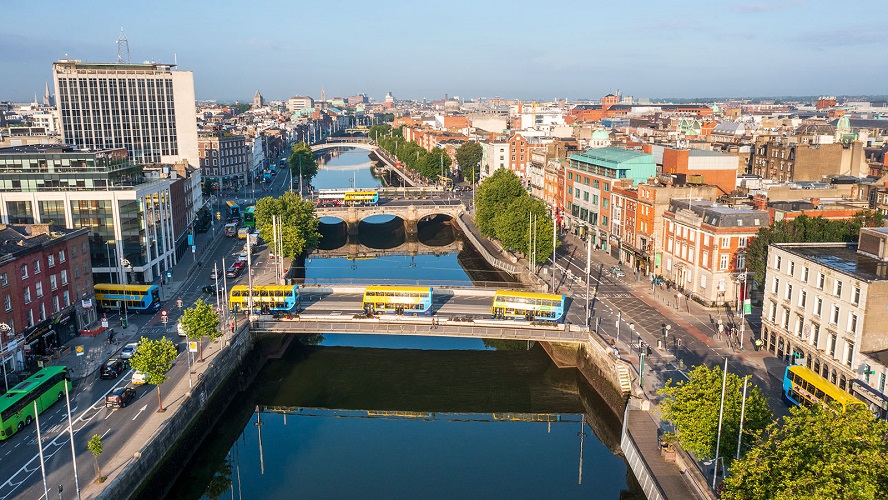
1. Ireland (Gross Domestic Product (PPP): 145,196)
The Republic of Ireland, with a population of just 5 million, was one of the hardest-hit countries by the 2008 financial crisis.
After politically challenging reforms such as significant cuts in public sector wages and restructuring the banking industry, the country regained its financial health, bolstered employment rates, and witnessed substantial growth in per capita GDP.
However, Ireland is also one of the largest tax havens for corporations globally, benefiting multinational companies far more than the average Irish individual.
In the first half of the 21st century, many major American companies - including Apple, Google, Microsoft, Meta, and Pfizer, to name a few - relocated their financial headquarters to Ireland to take advantage of the low corporate tax rate of 12.5%.
In 2022, these multinational corporations accounted for around 56% of Ireland's total value added to the economy, an increase from 53% in 2021, according to figures released by the Central Statistics Office.
Nevertheless, Ireland plans to align its minimum corporate tax rate with the global standard of 15% by 2024.
While Irish families are undoubtedly better off than before, available income per capita is slightly lower than the EU average, according to data from the Organisation for Economic Co-operation and Development.


